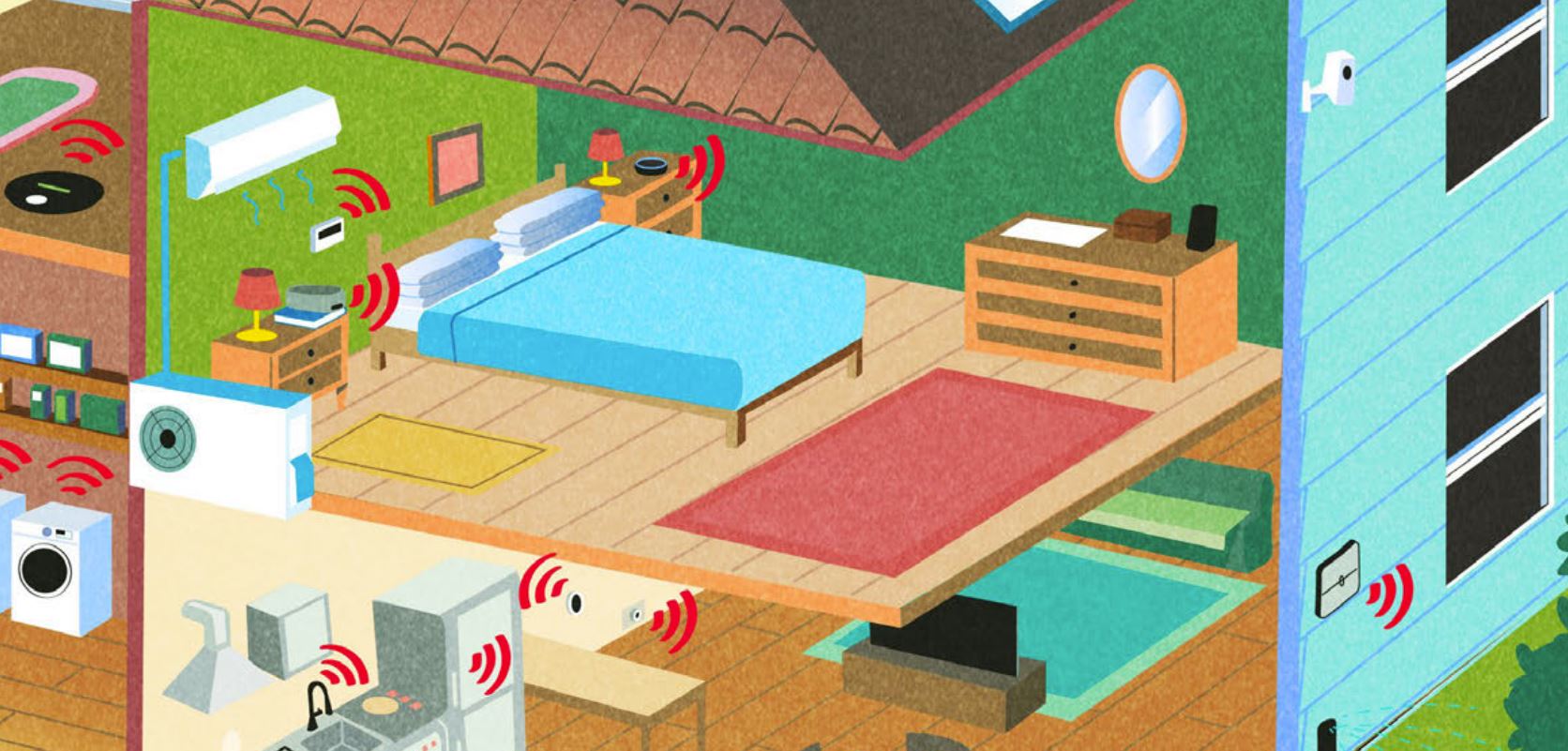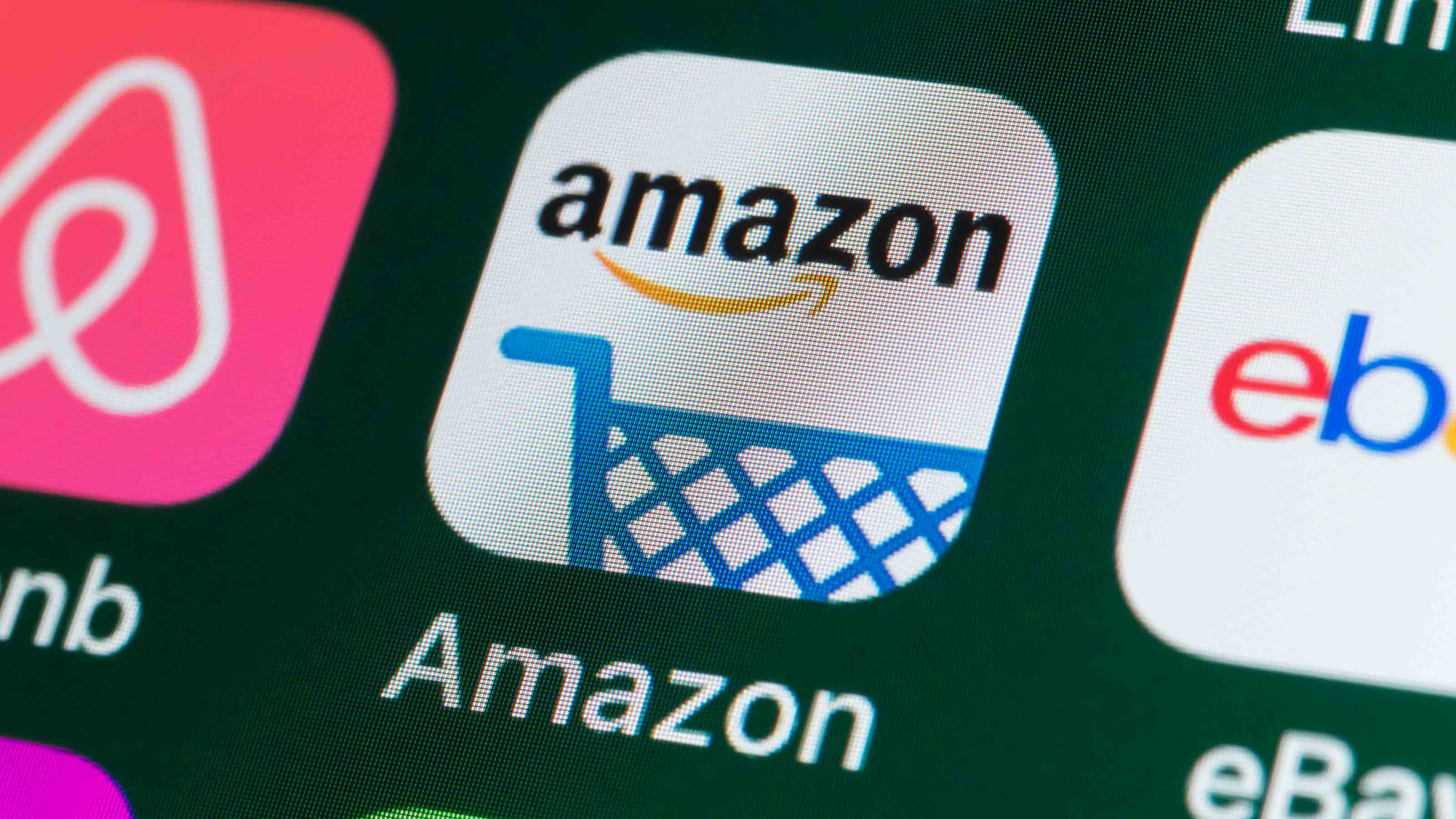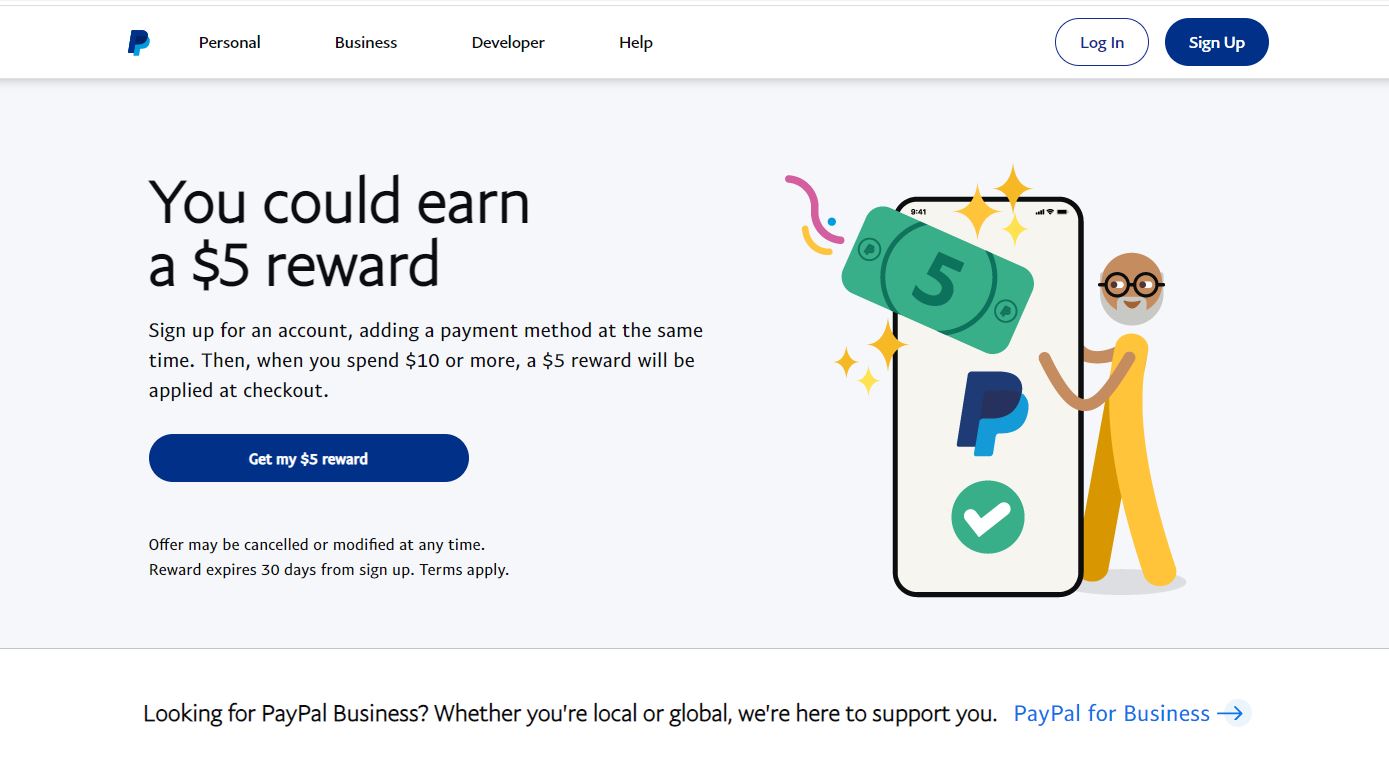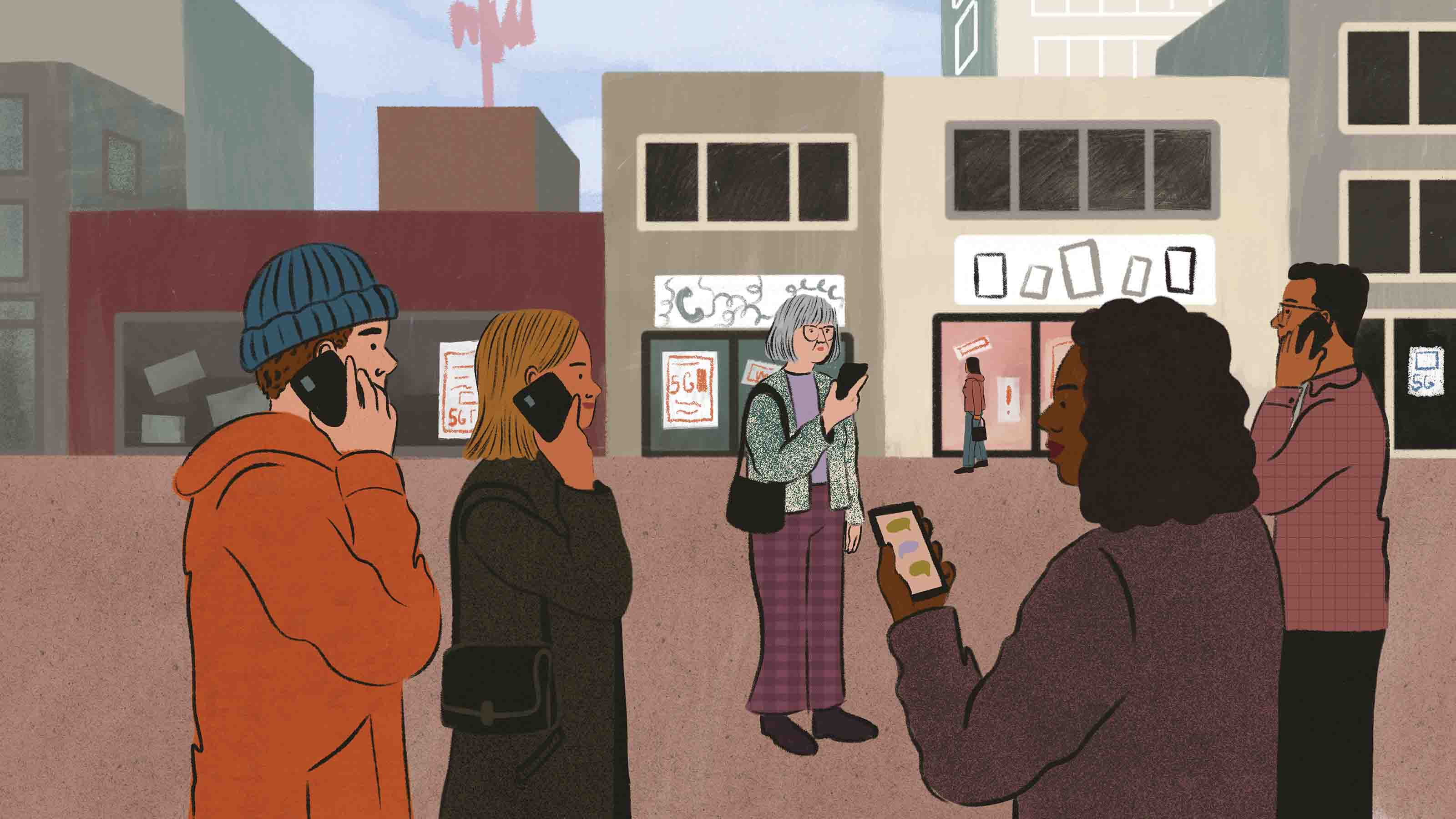Safe Ways to Bank With Your Smart Phone
Follow these steps to lower the risk of having your personal information stolen.

Using your smart phone to check your bank account balance or deposit a check is convenient. But is it safe?
Hackers are getting better at finding ways to tap into smart phones and capture people’s account numbers and other personal information. However, there are ways to lower your risk of becoming a victim, says Michael Gregg, a cyber security expert and founder of Superior Solutions. Here are his tips:
Don’t use public Wi-Fi to access accounts online. Use your phone provider’s network, instead, because it’s more difficult for hackers to tap into it. Public Wi-Fi connections, on the other hand, are easily compromised not just by savvy cybercriminals but by anyone who downloads a free program, which allows users to see what others are doing online and log onto their accounts as them.

Sign up for Kiplinger’s Free E-Newsletters
Profit and prosper with the best of expert advice on investing, taxes, retirement, personal finance and more - straight to your e-mail.
Profit and prosper with the best of expert advice - straight to your e-mail.
Watch out for smishing (fake text messages). If you get a text message supposedly from your financial institution warning you that there may be a problem with your account, don’t click on any links or call a number in the message. The link could take you to a phony site with malicious software that will give criminals access to your phone. And the number could connect you with scammers who are trying to collect your account information. Go directly to your bank’s Web site to check your account or to get a customer service number. And if you get a text message asking you to download a security update for your phone, don’t be fooled. Smart phone makers don’t send out security updates by text message, Gregg says.
Be careful where you browse. Go to sites you know to conduct financial transactions. And before downloading any banking applications, check your financial institution’s site to make sure it offers one. Apple puts all apps for the iPhone through serious scrutiny, but other smart phone makers do not. A year ago, more than 50 fraudulent mobile banking apps appeared in the Android marketplace and were removed once they were discovered -- after many had bought and downloaded the apps.
Don’t jailbreak your iPhone. You’ll lose your security mechanisms, Gregg says, if you tamper with your iPhone so it can run on another service provider’s network or download additional apps.
Get Kiplinger Today newsletter — free
Profit and prosper with the best of Kiplinger's advice on investing, taxes, retirement, personal finance and much more. Delivered daily. Enter your email in the box and click Sign Me Up.

Award-winning journalist, speaker, family finance expert, and author of Mom and Dad, We Need to Talk.
Cameron Huddleston wrote the daily "Kip Tips" column for Kiplinger.com. She joined Kiplinger in 2001 after graduating from American University with an MA in economic journalism.
-
 Stock Market Today: Trump Retreats, Markets Rejoice
Stock Market Today: Trump Retreats, Markets RejoiceStocks rally, yields soften, the dollar rises, and even beaten-down names enjoy the wages of potential trade peace.
By David Dittman
-
 In Trump’s Economy Should 401(k) Savers 'Set It and Forget It?'
In Trump’s Economy Should 401(k) Savers 'Set It and Forget It?'It’s hard to bury your head in the sand when the markets are volatile. Here’s when it makes sense and when it doesn’t.
By Donna Fuscaldo
-
 Five Ways to Save on Vacation Rental Properties
Five Ways to Save on Vacation Rental PropertiesTravel Use these strategies to pay less for an apartment, condo or house when you travel.
By Cameron Huddleston
-
 How to Avoid Annoying Hotel Fees: Per Person, Parking and More
How to Avoid Annoying Hotel Fees: Per Person, Parking and MoreTravel Here's how to avoid extra charges and make sure you don't get stuck paying for amenities that you don't use.
By Cameron Huddleston
-
 The 27 Best Smart Home Devices
The 27 Best Smart Home Devicesgadgets Innovations ranging from voice-activated faucets to robotic lawn mowers can easily boost your home’s IQ—and create more free time for you.
By Daniel Bortz
-
 How to Appeal an Unexpected Medical Bill
How to Appeal an Unexpected Medical Billhealth insurance You may receive a bill because your insurance company denied a claim—but that doesn’t mean you have to pay it.
By Rivan V. Stinson
-
 Amazon Prime Fees Are Rising. Here’s How to Cancel Your Amazon Prime Membership
Amazon Prime Fees Are Rising. Here’s How to Cancel Your Amazon Prime MembershipFeature Amazon Prime will soon cost $139 a year, $180 for those who pay monthly. If you’re a subscriber, maybe it’s time to rethink your relationship. Here’s a step-by-step guide to canceling Prime.
By Bob Niedt
-
 How to Choose the Right Payment App
How to Choose the Right Payment Appbanking Using PayPal, Venmo, Zelle and other apps is convenient, but there are pros and cons to each.
By Lisa Gerstner
-
 Shop for a New Wireless Plan and Save Big
Shop for a New Wireless Plan and Save BigSmart Buying Competition is fierce, and carriers are dangling free phones and streaming subscriptions.
By Rivan V. Stinson
-
 Watch Out for Job Listing Fraud
Watch Out for Job Listing FraudScams If one of your New Year’s resolutions is to find new employment in 2022, be on guard against job-listing scams.
By Emma Patch